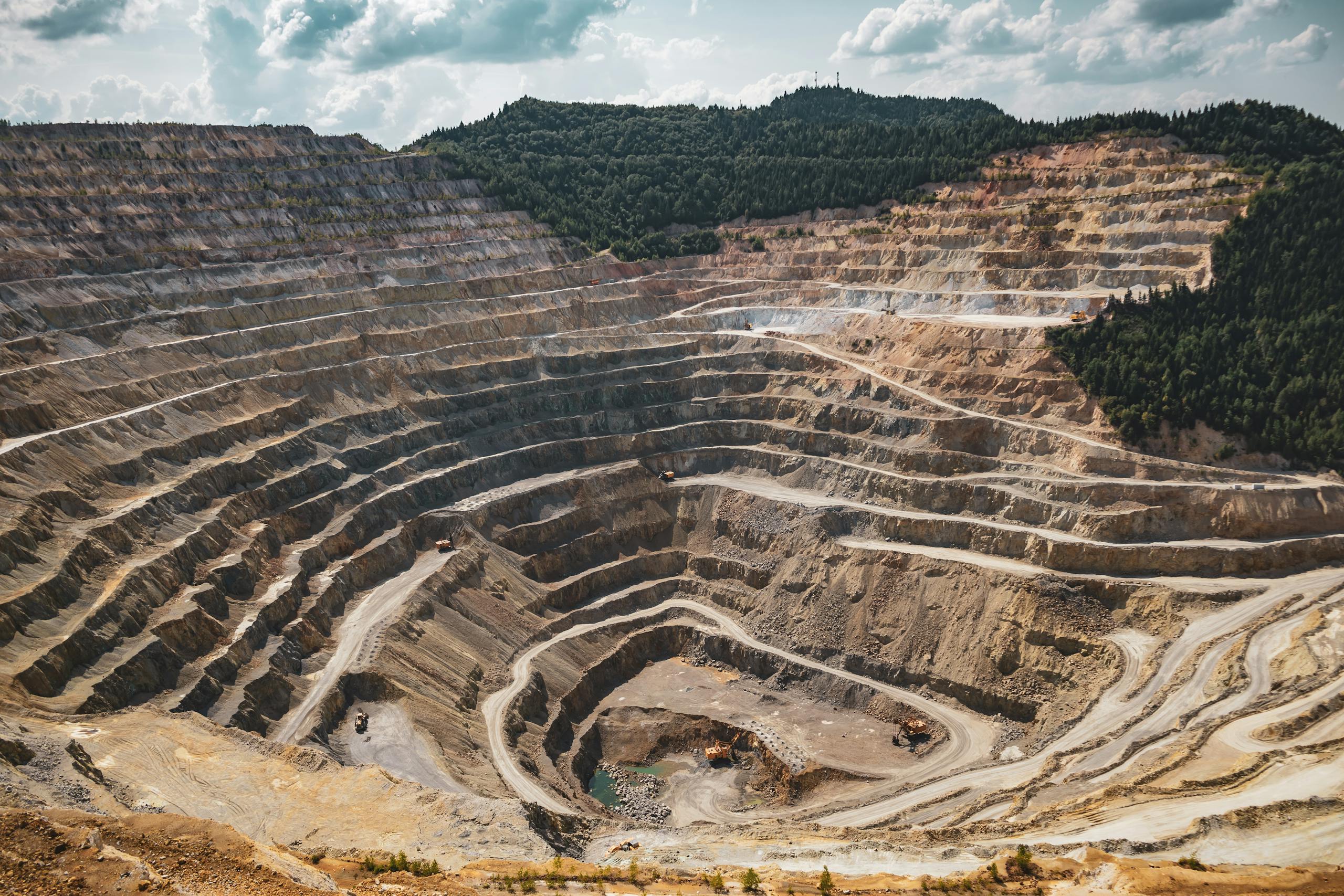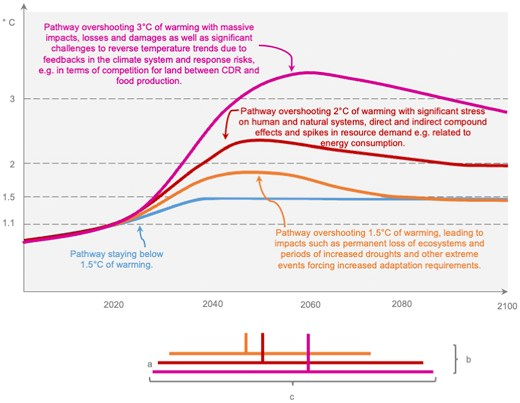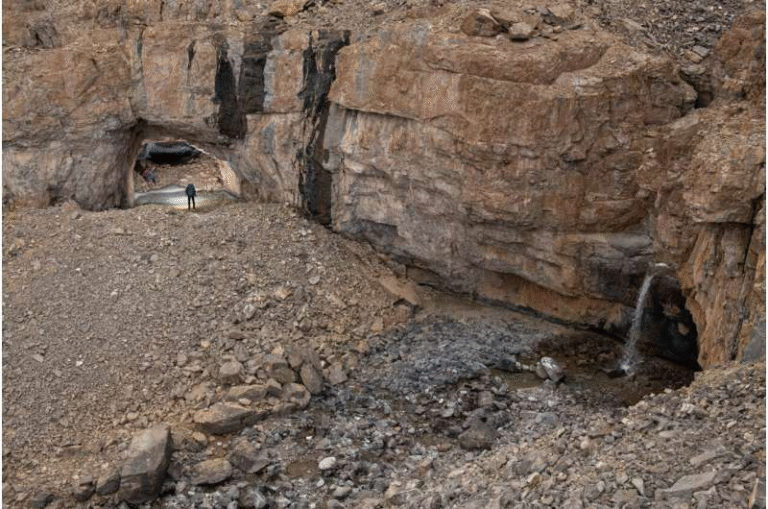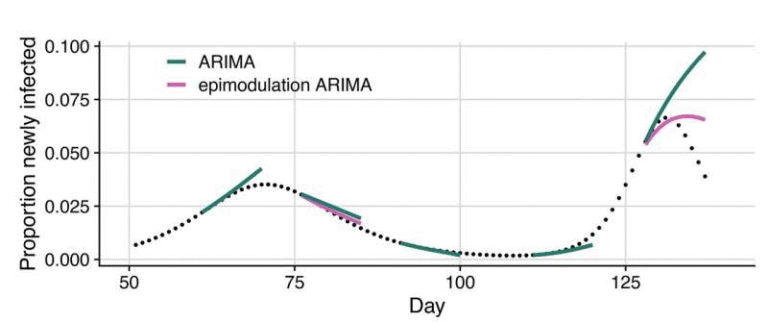The U.S. Is Wasting Its Own Supply of Critical Minerals

The United States might be sitting on a vast supply of critical minerals, but instead of being used, much of it is being discarded as waste.
A new study published in Science by researchers from the Colorado School of Mines makes it clear: these resources are already being mined, but they are not being recovered.
This research shows that valuable minerals like cobalt, lithium, germanium, gallium, and rare earth elements such as neodymium and yttrium are present in the ores processed at U.S. mining operations. However, instead of being captured, these minerals end up in tailings and waste streams.
That waste must then be stored and managed, creating environmental risks, while the nation continues to rely heavily on imports for its technology, defense, and energy needs.
The study doesn’t just point out the problem—it also quantifies it, offering a clearer picture of how much of these minerals could realistically be recovered and what the impacts might be.
How the Study Was Conducted
The team, led by Elizabeth Holley, an associate professor of mining engineering at Colorado School of Mines, created a comprehensive database of annual output from U.S. federally permitted metal mines.
They combined:
- Federal mine production data
- Geochemical measurements of critical minerals in ores, compiled by the U.S. Geological Survey (USGS), Geoscience Australia, and the Geological Survey of Canada

To make sense of this large dataset, they applied a statistical resampling method. This approach allowed them to estimate:
- How much of these minerals are present in ores at U.S. mines
- How much is currently being processed
- How much is simply lost as unrecovered by-products
The conclusion was surprising: almost all of the critical minerals the U.S. imports every year could actually be supplied by existing mines, if only a fraction of the waste material was recovered.
Key Findings
The study looked at a total of 70 elements, including those used in electronics, medical devices, renewable energy technologies, satellites, and defense systems.
Here are the most striking specifics:
- Cobalt (Co): Widely used in electric vehicle (EV) batteries. It usually comes as a secondary material in nickel and copper mining. Recovering less than 10% of the cobalt currently lost in U.S. mines could fully supply the domestic battery industry.
- Germanium (Ge): Essential for infrared optics, sensors, and defense satellites. Found in zinc and molybdenum deposits. Recovering under 1% of the germanium already being mined but not captured would cover U.S. demand.
- Gallium, Lithium, Rare Earth Elements (REEs): Many are already present in processed ores but discarded. Even 1% recovery rates in some cases would dramatically reduce import needs.
- Platinum and Palladium: The only two elements where the analysis showed that even with by-product recovery, imports would still be necessary.
To illustrate the potential, the researchers highlighted sites where even small recovery efforts could yield huge gains. For example, recovering just 1% of certain minerals at some mines could eliminate U.S. import needs entirely for those minerals.
Specific Mines of Interest
Several U.S. mines were spotlighted for their potential in by-product recovery:
- Colorado’s Climax Mine: Known for producing about 30 million pounds of molybdenum annually. The study found it also processes ores containing critical minerals that currently go unrecovered.
- Red Dog Mine (Alaska): Rich in zinc, this mine could also be a significant source of germanium, if recovery methods were applied.
- Stillwater and East Boulder Mines (Montana): Best known for platinum group elements, but also hold potential as secondary sources of nickel and related minerals.
Why Recovery Is Difficult
If the minerals are already being mined, why are they not recovered? The answer lies in economics and technology.
Mining operations are optimized for their primary metals—for example, copper or zinc. Recovering trace amounts of by-products like gallium or cobalt requires:
- Additional processing infrastructure
- Specialized recovery technologies such as hydrometallurgy or geometallurgy
- A stable market incentive to justify the extra investment
Without policies or subsidies, many companies see little financial reason to add costly recovery steps.
Holley compared it to “trying to get salt out of bread dough.” Technically possible, but not easy or economical without specialized methods.
Environmental Opportunities
The environmental case for recovery is just as strong as the economic and strategic case. Right now, waste streams that contain valuable minerals are stored as tailings, which can:
- Take up land
- Require long-term monitoring
- Risk leaching harmful substances into the environment
Recovering valuable by-products reduces the amount of waste stored, lowers environmental risks, and creates opportunities to reuse waste material in construction or other industries. In other words, this approach makes mining more resource-efficient and environmentally responsible.
Policy and Strategic Implications
This research is particularly important in the context of U.S. import dependence. For many critical minerals, the U.S. relies heavily on China and a handful of other suppliers. That creates strategic vulnerabilities, especially in times of geopolitical tension.
By tapping into by-product recovery, the U.S. could:
- Strengthen national security by ensuring supply for defense and aerospace applications
- Support the clean energy transition by securing domestic sources for EV batteries, solar panels, and wind turbines
- Promote economic growth by reducing dependence on imports and stabilizing supply chains
Policymakers are already paying attention. The U.S. Department of Energy recently launched a by-product recovery pilot program, while the Pentagon has invested in rare-earth mining and processing capabilities. However, the new study suggests that far more could be done if the right policies were in place to encourage recovery efforts at existing mines.
The Bigger Picture: Why Critical Minerals Matter
To understand why this is such a big deal, it’s worth taking a closer look at the roles of some of these critical minerals.
Cobalt
Used primarily in lithium-ion batteries, cobalt ensures stability and longevity. Without a steady cobalt supply, scaling up EV production becomes difficult. Currently, most cobalt comes from the Democratic Republic of Congo (DRC), often under conditions of political instability and poor labor standards.
Lithium
The backbone of rechargeable batteries for EVs, laptops, and renewable energy storage. Global demand is skyrocketing. The U.S. does produce some lithium, but still imports significant amounts, mainly from Chile and Argentina.
Rare Earth Elements (REEs)
A group of 17 metals, including neodymium and yttrium, essential for wind turbine magnets, fighter jets, electronics, and medical imaging devices. China dominates global supply chains for REEs, leaving the U.S. highly dependent.
Germanium and Gallium
Both are critical for semiconductors, fiber optics, solar panels, and defense technologies. China also controls much of the global supply.
By recovering even a fraction of these materials from U.S. mines, domestic industries could gain a more reliable and secure supply base.
What Needs to Happen Next
The study makes it clear: the U.S. doesn’t necessarily need to open dozens of new mines to secure its critical mineral supply. Instead, it needs to:
- Map out low-hanging fruit: Identify which mines and waste streams contain the most recoverable by-products.
- Invest in R&D: Develop and test technologies tailored to recovering these minerals from specific ores.
- Incentivize operators: Provide subsidies, tax breaks, or other policies that make recovery economically worthwhile.
- Scale pilot programs: Expand initiatives like the DOE’s pilot into full-scale industry standards.
This strategy could transform how mining is approached—less waste, more efficiency, and greater national independence.
Conclusion
The U.S. is literally throwing away critical minerals that it already mines every year. The data shows that small-scale recovery—sometimes as little as 1%—could eliminate the need for imports of certain minerals entirely.
The opportunity is massive. It’s an economic opportunity, a strategic one, and an environmental one. But to seize it, investment, research, and supportive policies are essential.
The next step is clear: instead of discarding these minerals as waste, the U.S. should start treating them as the valuable resources they truly are.
Reference: By-product recovery from US metal mines could reduce import reliance for critical minerals – Science, August 21, 2025





